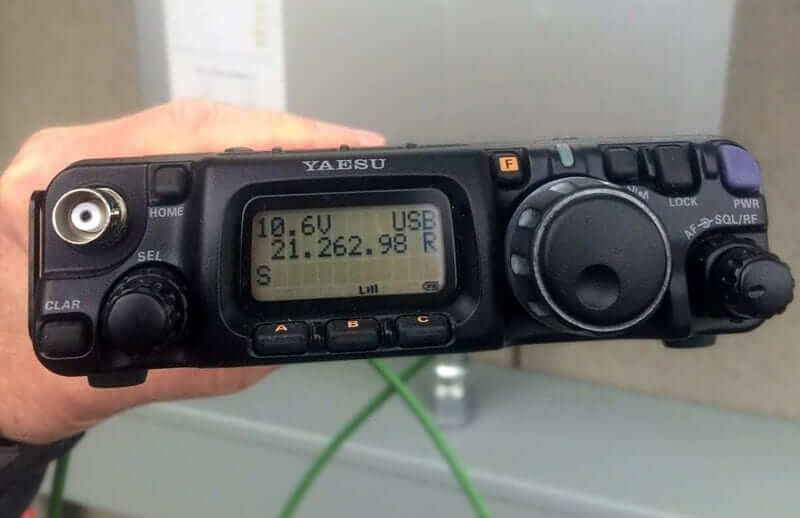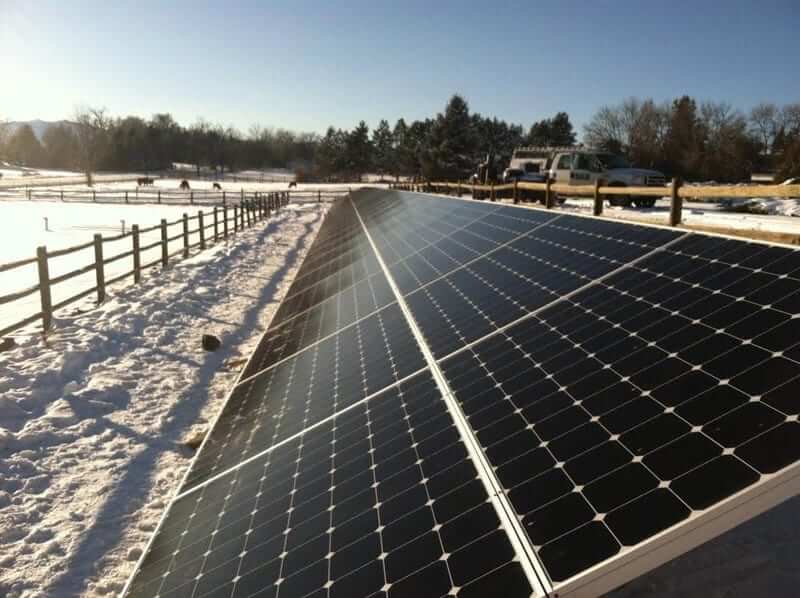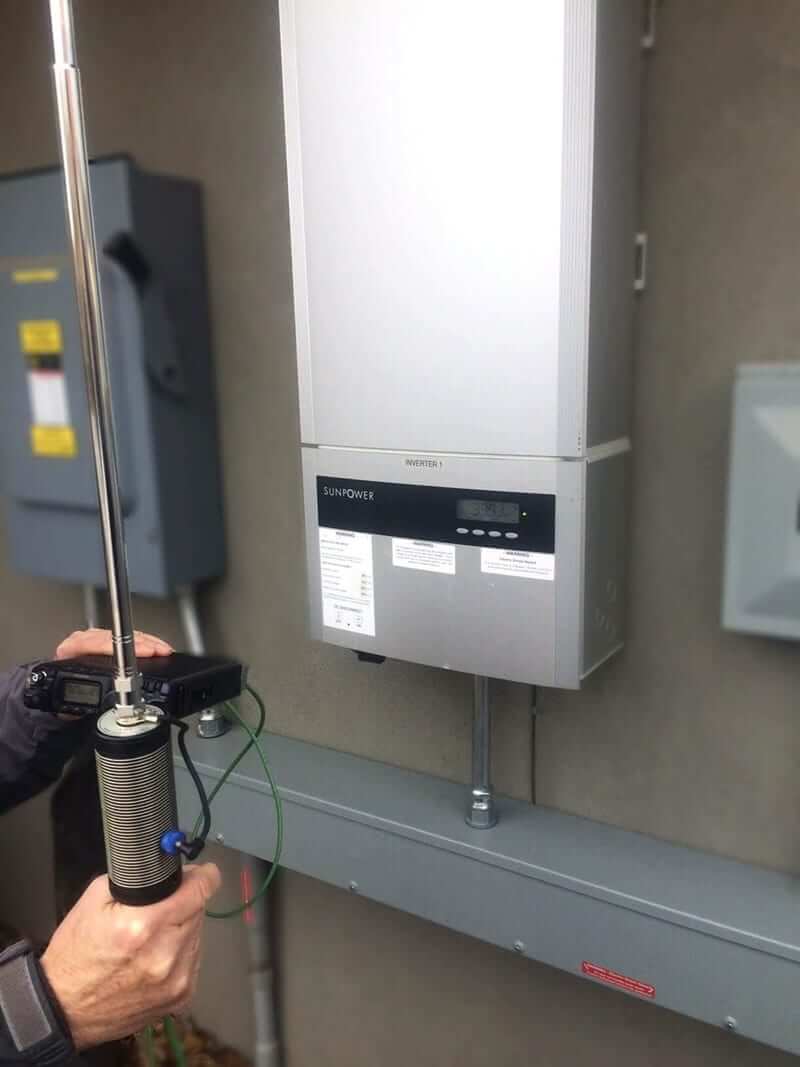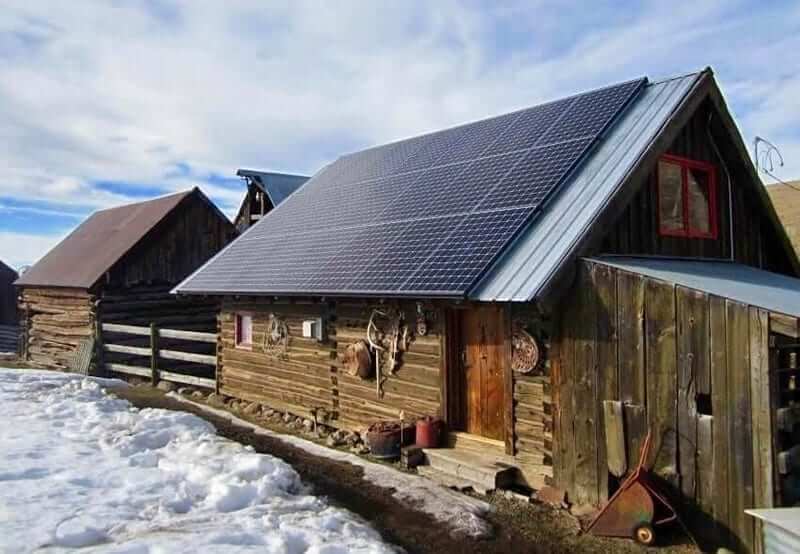Do Solar Panels Emit Electromagnetic Radiation?
Over the years, I have been asked whether solar photovoltaic systems emit significant levels of electromagnetic radiation, also known as electromagnetic interference (EMI) or radio frequency interference or (RFI).
Many electronic devices emit some level of electromagnetic radiation. Since radiation can sometimes be dangerous, the amount and type are regulated by the Federal Communications Commission (FCC). One of the main sources of household radiation is from the power supplies incorporated into most electronic devices which convert AC from the wall outlet to DC voltage useable by the devices themselves.
Solar arrays require power inversion as well. The main process by which this conversion occurs is called Pulse Width Modulation, a term for rapidly “chopping” current at variable rates. A byproduct of this “current chopping” is that some of the energy is released as radiation.
This is the same phenomenon by which radio antennas broadcast radio waves. This is also why concerns about solar panels releasing EMI are typically expressed by ham radio operators, in addition to people who have a sensitivity to EMI or are concerned that such radiation might cause harm. Very significant EMI could interfere with ham radio signals or adversely affect those with EMI sensitivities.

The levels of electromagnetic interference a PV system emits depends on a number of factors, the major ones being:
- The quality of the inverter
- Use of metal conduit
- Proper grounding of all system components
We recently had one of our systems tested by a potential client who before making the investment in a solar system, wanted to be sure it would not create significant radio frequency interference with his ham radio operation.
The system he tested was a 20 kW SunPower ground-mounted array with two SunPower inverters mounted on the house wall next to the electrical service. Overall, the client was satisfied that the newer inverter and properly grounded system prevented any issues for a ham radio enthusiast.
Based on the findings of this limited test, I am pleased to see that our system emits negligible electromagnetic radiation.

Here is a brief series of questions I asked the client about their test:
1. Why are you concerned about RFI when considering a PV system?
I have been involved in “ham” radio for many years. Because operation in the High Frequency (HF) employs a very sensitive receiver, weak signals can be blocked by locally generated Radio Frequency Interference (RFI). Inverters used in some older systems have been significant generators of RFI. The FCC sets the standards for how much electrical noise may be emitted from any electronic device. These regulated limits are not met in some equipment and the FCC has been slow to block the sale of products from non-compliant suppliers, so testing is the most expedient alternative.
2. What instrument did you use to test for RFI?
Full emissions testing is complex and expensive and must be done in a specially equipped laboratory setting. The easiest quick check is to use a portable communications radio and portable resonant antenna to monitor the frequency bands of interest.
3. What levels are you testing for and at what distance?
The distance from the inverter being tested to the communications antenna is a significant factor because any radiated interfering signal will drop off very rapidly with distance. In my tests, I was looking for the power level of the interference to be less than -11dBm (1.0 microvolt) using a resonant monopole receiving antenna within 20 feet distance from the inverter, solar panels, or interconnecting cables. The critical frequency bands tested were in the 7 MHz, 14 MHz, and 21 MHz bands.
4. Based on your tests, what do you have to say about the amount of RFI coming out of the PV system?
I was pleased that the site tested showed very low levels of RFI from the inverter and none detected from the cable path or the panels. No levels were detected in the frequency bands tested above -110dBm even within a one-foot distance to the inverter. This was a significantly lower level than was expected. By comparison, the old Trace inverter installed here in 1999 emits RFI at my threshold level at about 20 feet separation. The new inverters should not be a problem.
5. Was your testing comprehensive, i.e. did you look at every part of the PV system?
While I tested in the proximity of the panels, the cable path to the inverters, and the inverters themselves, the testing at other frequencies was not done. I was interested in the RFI levels in the heart of the HF (shortwave) bands. I would expect that the RFI performance in other regions would be similarly good.
6. Was there any part that emitted more radiation than the others?
The only interference heard was very close to the inverter itself.
7. In your opinion, is the level of radiation of concern to homeowners for one reason or another?
I would conclude that the inverter system tested is exceptionally clean relative to RFI in the HF bands tested. The RFI concerns are only relative to closely located sensitive communications receivers. The levels we are looking for are extremely low, a very small fraction of the levels generally everywhere in the environment.


